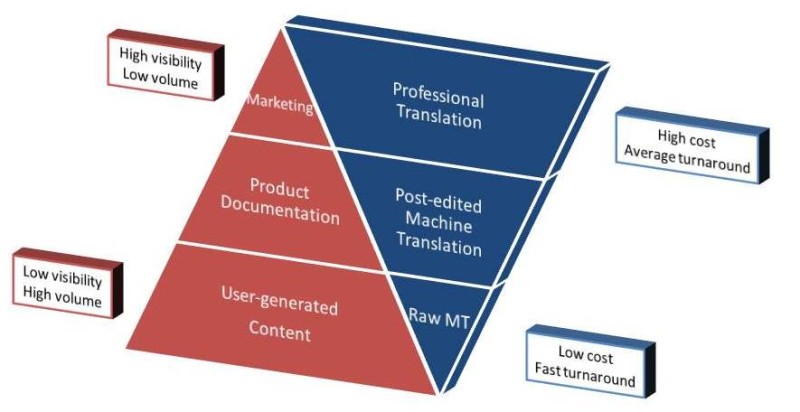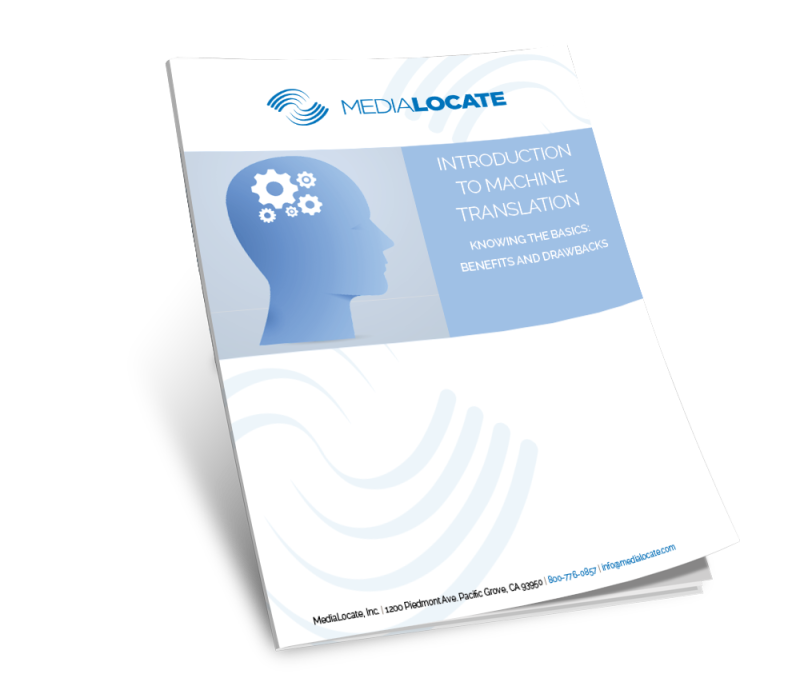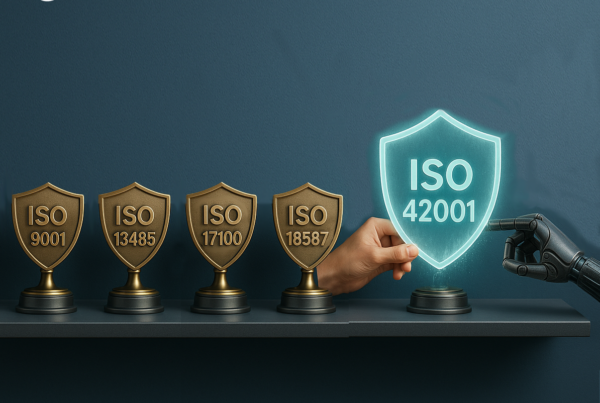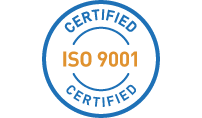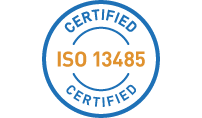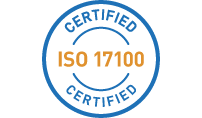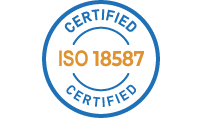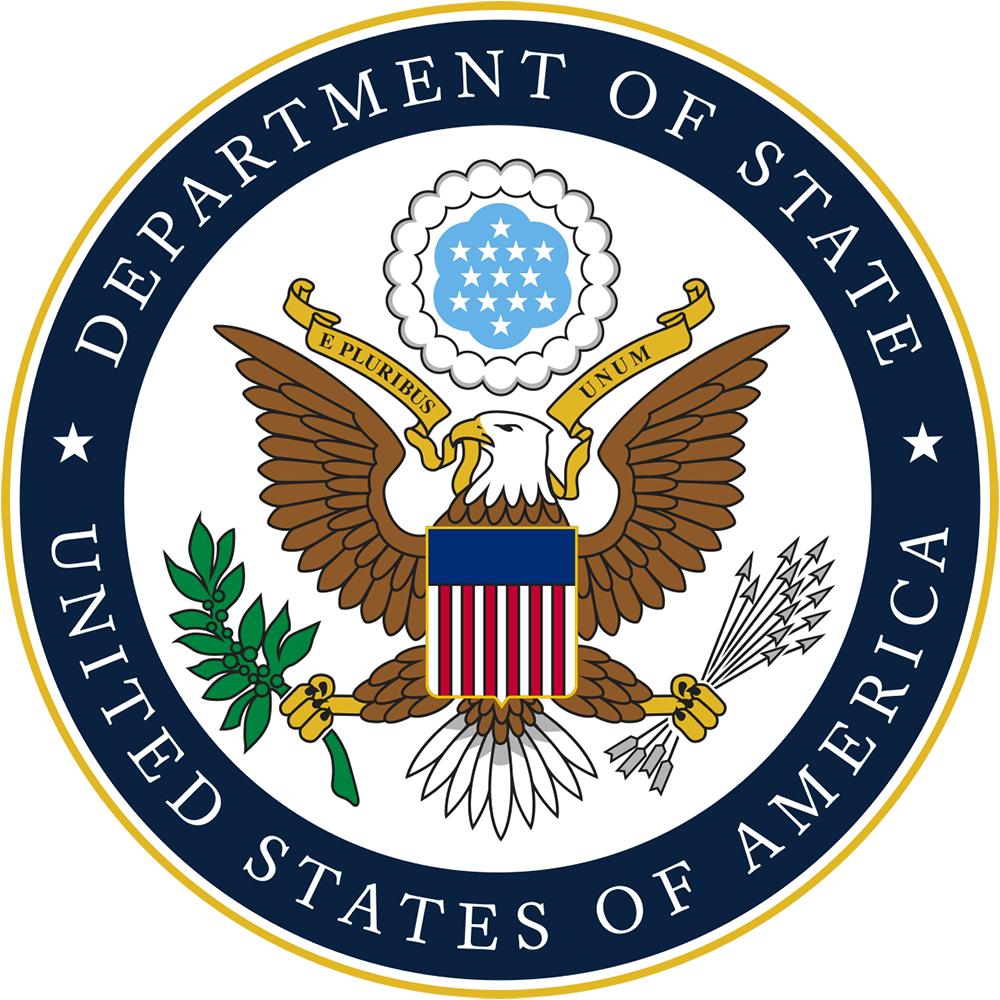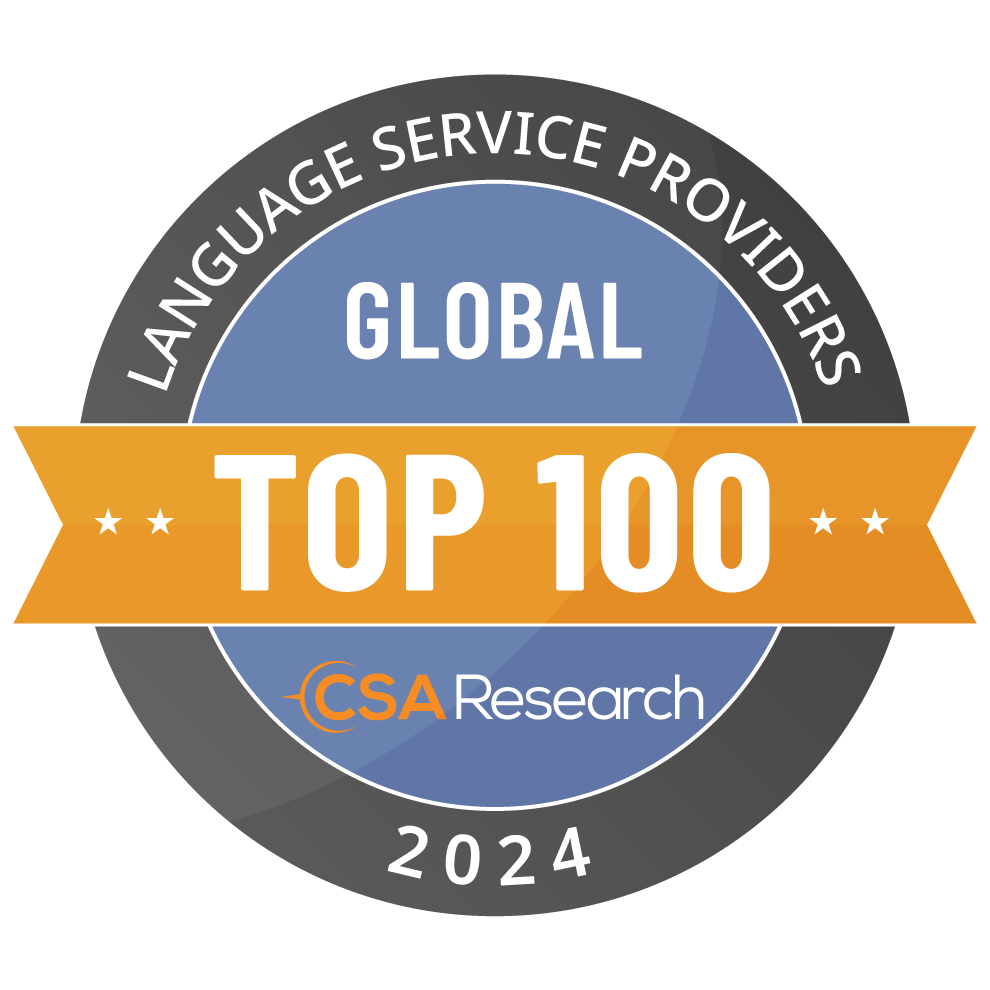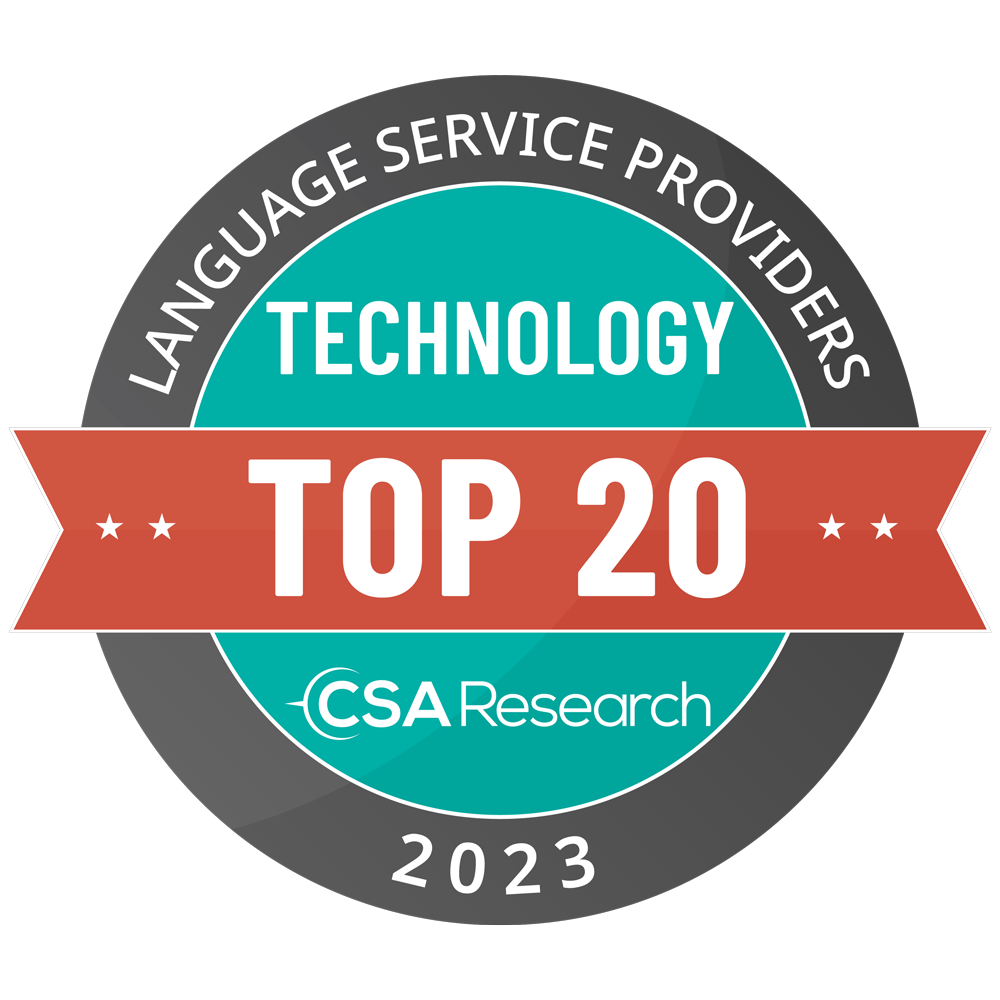
So what’s Machine Translation good for, anyway? Savvy tech companies know the answer, do you?
The rapid increase in published content we call the “information explosion” has not been accompanied by a corresponding “budget explosion.” Global marketers are expected to get the message out to an ever-increasing number of locales even as budgets decrease. When tasked with getting more for less, global marketers are taking a closer look at how best to translate their diverse content. Increasingly, machine translation (MT) is being used as the ideal means to translate certain types of content.
Google Translate or Bing Translator are well-known examples of machine translation technology. These generic platforms perform reasonably well in mainstream language pairs on general content. However, a growing number of companies are turning to customized MT providers to meet their specific needs. For example, a medical device company might train an MT engine to translate content such as biomedical engineering. Such customized solutions are not cheap, but the benefits pay off over time.
Raw machine translation can be used in certain contexts, but don’t expect perfection. For better quality, machine translation is post-edited by linguists, bringing the quality up to the level of a pure human translation. This is called “full post-editing,” and in most cases, it saves the linguist time and the client money. The higher the quality of the MT output, the less effort post-editors need to spend to bring the output up to quality standards.
Product documentation tends to have a high word count, and the style of the language is straightforward and explanatory. These two factors make this type of content a great candidate for machine translation, which can translate massive volumes nearly instantaneously, and which works great on non-ambiguous language. You can get started by having your product documentation translated with a generic machine translation engine but eventually, you will want to customize the engine for your specific product. A post-editing step performed by a professional translator will ensure accuracy of the final translation.
![]() Support and Knowledge Base Articles
Support and Knowledge Base Articles
Support and knowledge base articles are now increasingly going through machine translation workflows for many languages. If the user is able to fix the problem at hand after reading a machine translation of a support article, the translation is considered to be successful. In these cases, elegant human style is not as much a priority as is conveying the needed information. In these cases, machine translation is a suitable tool. Additionally, rising traffic to a machine translated webpage may indicate that it would be beneficial to have the page professionally translated or post-edited to the level of professional (human) translation.
![]() E-Commerce, Hospitality, and Travel
E-Commerce, Hospitality, and Travel
E-commerce, hospitality, and travel industries are using MT to add value to their existing set of services. Companies like Amazon and eBay are using MT to deliver translated search results to buyers in other countries, facilitating cross-border trade. TripAdvisor is using MT to deliver translated user reviews to speakers of other languages, giving them useful information about their travel destination. The same techniques are being used in the hospitality industry. As a general trend, machine translation is embedding itself into mainstream commercial services, improving a company’s value proposition at the global level.
Want to learn more about how to set up a machine translation program? Call us at 1-800-776-0857 or download our free MT Introduction Guide.
Related Posts:
Machine Translation: Magic, Myth, or Just Plain Math?
Medialocate Selects Kantan MT Machine Translation For Client Workflow Innovation
Machine Translation (MT) – Do You Buy These 3 Common Myths?

